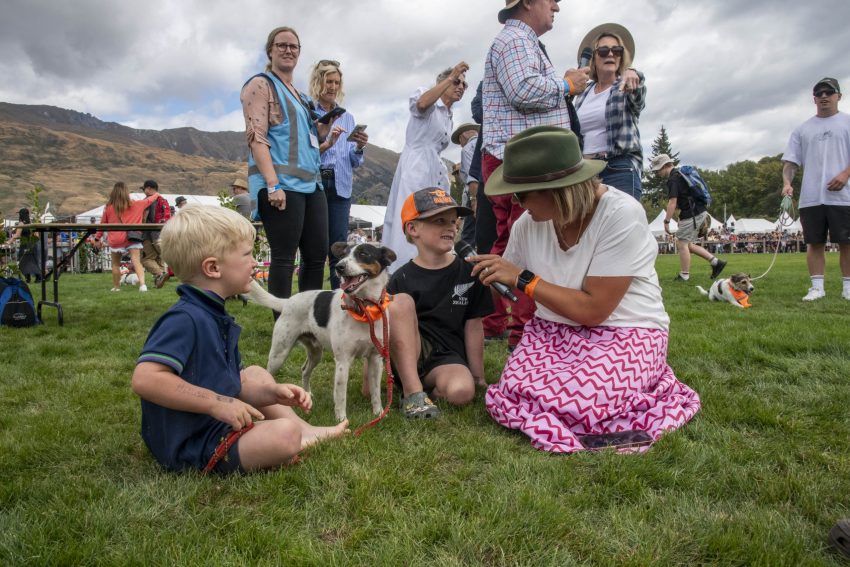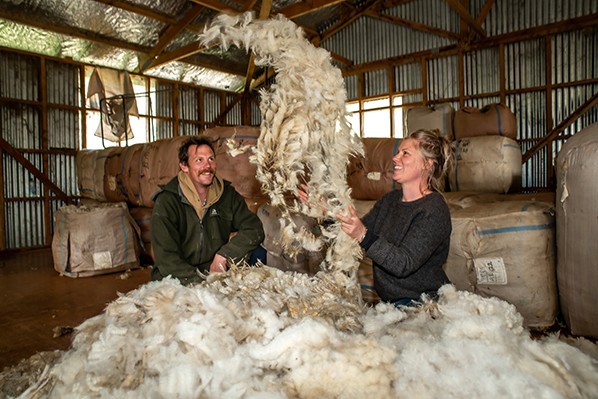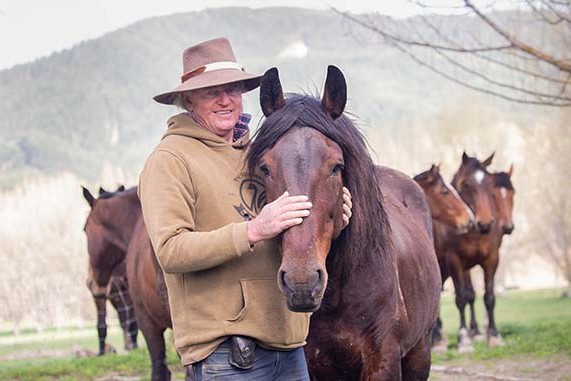Farming in the city
Auckland’s Cornwall Park farm has a long history with special challenges. By Glenys Christian. Photos by Alex Wallace.
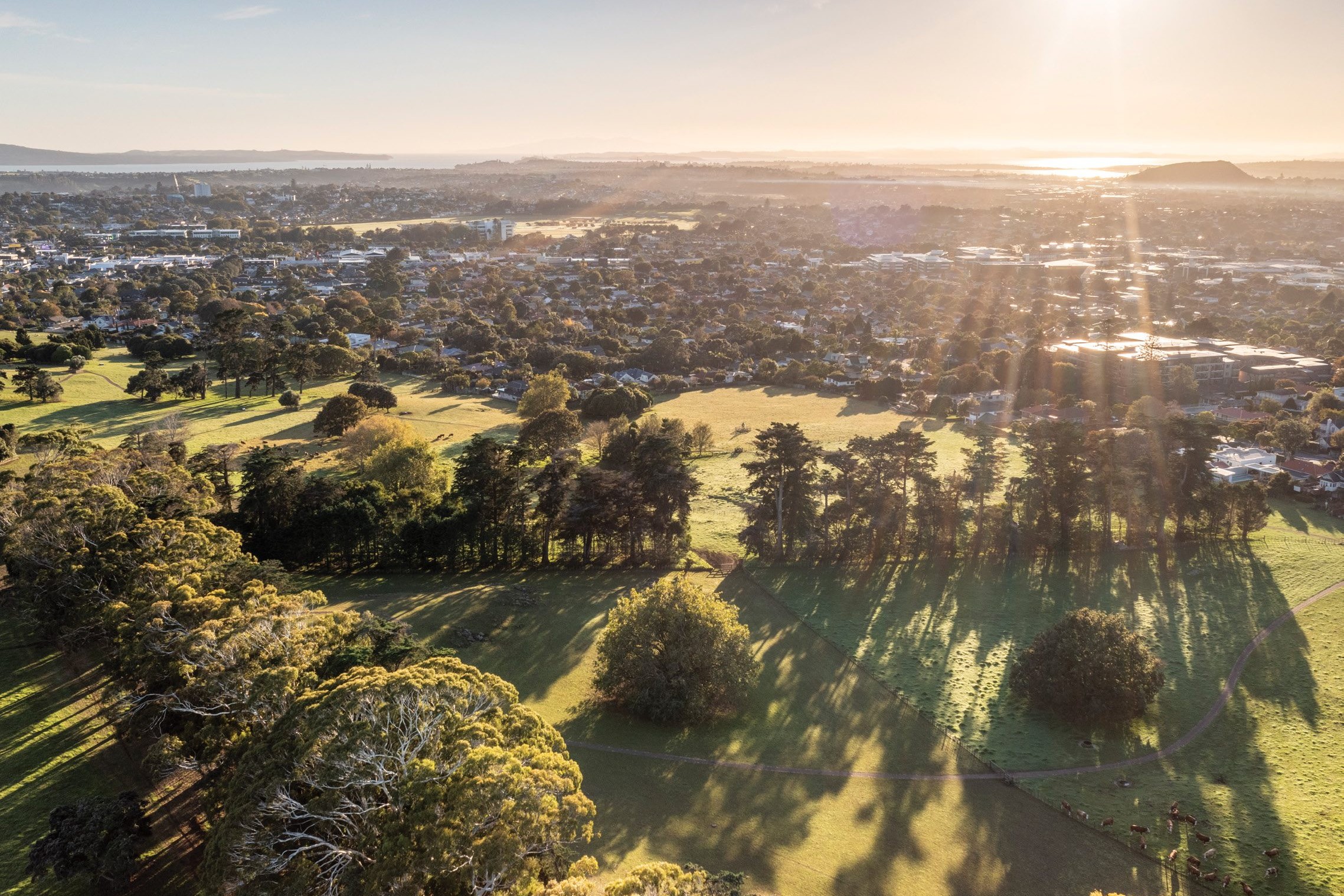
Auckland’s Cornwall Park farm has a long history with special challenges. By Glenys Christian. Photos by Alex Wallace.
Imagine if your farm was suddenly inundated with people. Even if you were used to having people on your farm, imagine if their numbers suddenly increased overnight by 400%.
That’s the situation Peter Maxwell and Brenton Helleur faced just over two years ago. They’re the manager and assistant manager at the Cornwall Park’s 75ha farm in the middle of Auckland, and visitors are very much part of their everyday work.
“It’s all to do with public perception 100% of the time,” Peter says.
“And it’s a 365-day a year operation open to everyone and their dog.”
He should know, having been manager since 2007 and amusing his interviewer for the job by saying he wanted a challenge.
“They said, you’re certainly going to get that.”
Cornwall Park, which totals 172ha, has a long agricultural history, being first cultivated by Maori, then cattle and sheep started being run from 1844.
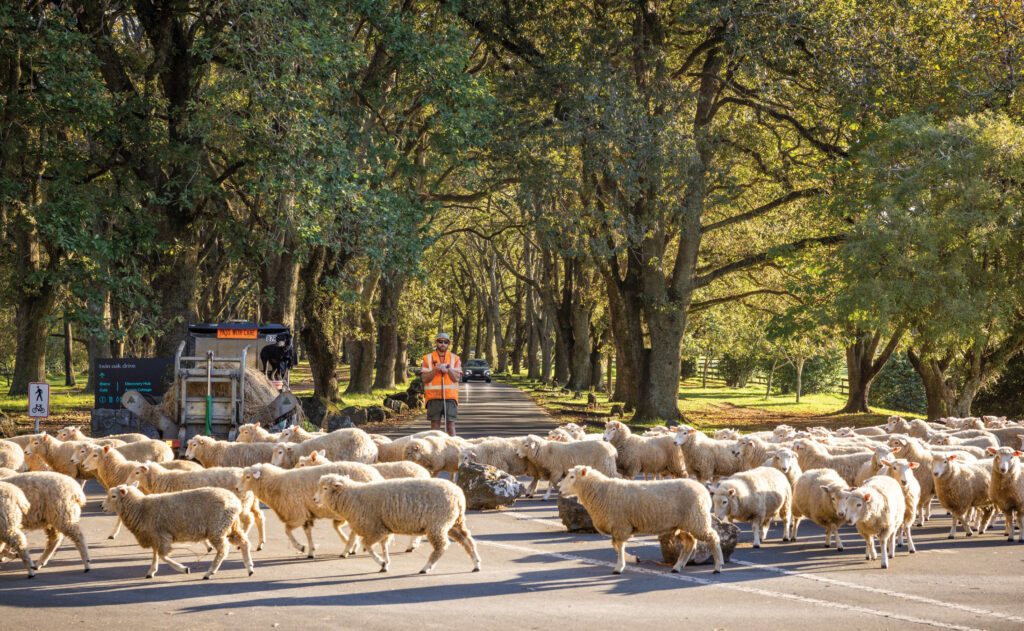
Sir John Logan Campbell, known as the father of Auckland, and his business partner, William Brown, bought the land in 1853.
Olive groves were planted but were unprofitable, before some land was leased for vegetable production by Chinese growers. The park was gifted to Auckland in 1901 and opened to the public two years later.
In 1920 Cornwall Park trustees decided to operate the farm directly, providing a rural experience in the heart of Auckland. It’s now estimated that four million people visit each year.
But as soon as the first Covid-19 lockdown was announced and one of the only reasons Aucklanders were able to leave their homes was for exercise it was a whole new ball game.
“It’s a busy place anyway,” Peter says.
“But people had developed a bit of cabin fever because they couldn’t go to their bachs or to a café. They were often working harder and the farm was the one place in the city they could go. Families found their bikes because it was one exercise they could do.”
During lockdown the park gates were shut to vehicle access but that didn’t keep the crowds away, with them parking on verges in neighbouring streets and spilling through the gates with little regard for social distancing rules. Bare tracks were worn in some of the paddocks and disinfectant spray and gloves had to be left at some of the internal gates because they were being kicking open by the public to avoid touching surfaces.
Despite these struggles, farming life went on. The most important jobs were prioritised, but it was necessary to cut back on some of the usual routines. Weed spraying had to be reduced and using heavy duty machinery such as front-end loaders was a no-no apart from in particularly quiet spots. The main weed problems are kikuyu, cape daisies, Californian thistles, stinging nettle, Onehunga weed and rat’s tail.
“We try to keep a lid on the kikuyu which is almost impossible but a must-do to maintain some form of nutritious pasture within and across our paddocks,” Peter says.
And the chicory they use as part of a pasture renewal programme in the most affected paddocks helps kill out any remaining weeds beneath it.
Archeological sites throughout the farm mean not all paddocks can be worked up, with just over 7ha of Raphno and chicory grown annually. No supplements are made on the farm with silage being bought in from Karaka in south Auckland when extra feed is required, mostly from middle to late summer and in winter.
The farm’s Simmental cow numbers have increased over the years from 50 to 60 as a result of purchased feed provided, and three instead of two polled service bulls are bought in from Wairoa’s Kerrah Stud.
“Those numbers don’t sound a lot but it’s a big increase for us as we just can’t lease the neighbour’s paddocks if we need more grass,” Peter says.
The usual pattern is to bring in one bull on alternate years. No carry-over cows are kept and animals with any temperament issues will quickly be culled as visitors can be seen literally picnicking amongst the herd.
A reasonably concentrated calving starts in mid-July which is when there are some restrictions on public access through the paddocks due to delicate ewe and lamb bonding after birth.
“We want visitors to witness the joy of nature but not at the expense of our animals,” Peter says.
“We try to minimise unnecessary interaction between visitors and stock as we can’t afford to have them spook a new-mother cow or ewe.”
Around 25 yearlings are sold each year as service bulls to find new homes around the country. They’ve become a bit of a flagship product for the farm with regular buyers returning over the past 15 years.
Public interpretation around animal health issues can vary enormously so action is required sooner rather than later. This means a lot of marking of stock to ensure nothing is missed and close monitoring can be carried out, so there’s a proactive approach without medicating animals unnecessarily.
If cows are bellowing Peter and Brenton will often be stopped and asked if the stock are sick or dying. They may just need to reassure the public, particularly children, that the noise is all part of farming.
Every second year a few Perendale rams are bought which are facial eczema resistant to service 400 ewes. Another 200 are bred to Beltex and Sufftex rams with lambing, which begins at the start of August, one of the most popular and busy times of the year. So great is visitors’ interest that sometimes they have to be politely asked to move along as all the attention is slowing the birthing process.
“About 40% of the job is education,” Brenton says.
Shearers from Clayton Green and Welch Shearing based in north Waikato come in twice a year in May and November and were able to get the job done as usual over lockdown. But while Brenton usually handles the wool pressing, because of Covid restrictions he had to stay out and the open shed became a closed contact shed for the day.
He joined Peter on the farm staff in 2014, having lived nearby and worked as an arborist in the park. Just before lockdown and having completed their farm environment plan they were joined by apprentice, Zac Roberts.
“That’s taken the pressure off a bit,” Peter says.
They’re part of the team of 28 people working in the park and their eyes and ears as well as those of local residents who regularly walk around the farm are very helpful when it comes to averting any risk of dog attacks, mainly caused by naïve owners.
Peter and Brenton have seven working dogs between them, three huntaways and four eye dogs, and they come into their own on a 78ha farm in Bombay where the main sheep flock is run, allowing their lambs to be trucked back to Cornwall Park to be finished on the crops. It was taken over in 2019 after grazing One Tree Hill was relinquished as part of a Treaty settlement.
The new rough block is gradually being developed with some of its impenetrable gorse now a thing of the past.
Both Peter and Brenton enjoy working in the relaxed atmosphere of the park where people are taking time out and happy. Sometimes good intentions misfire, such as a woman “feeding” sheep pellets meant for the garden to the flock. But one big advantage is that because the farm is totally surrounded by the city any animal they come across just has to belong to them.

